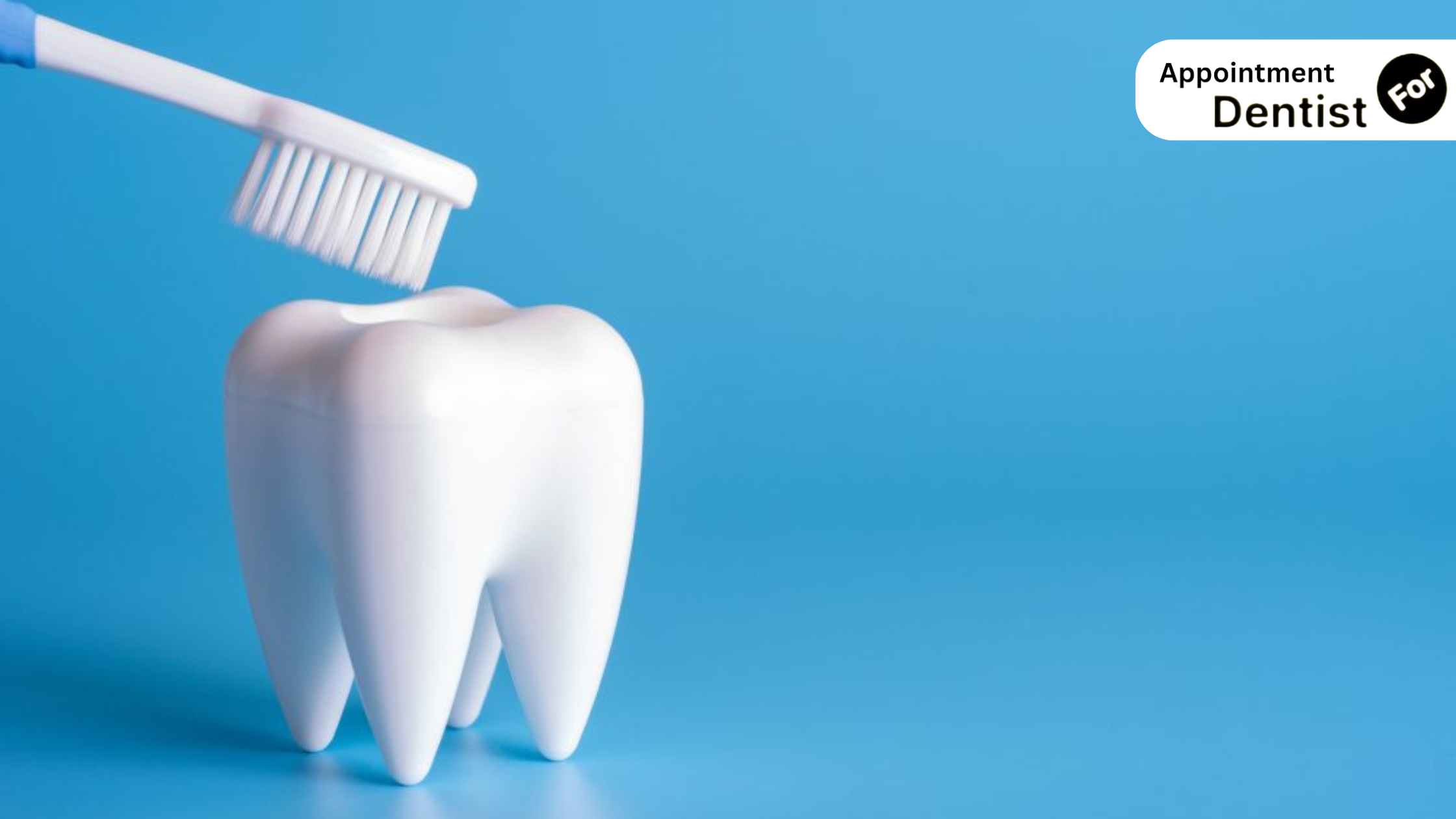How to Choose the Right Toothpaste for Your Needs
Posted on July 12, 2024 by Admin

Choosing the right toothpaste might seem like a straightforward task, but with shelves filled with various brands and types claiming different benefits, it can quickly become overwhelming. The toothpaste you use plays a crucial role in maintaining good oral hygiene and addressing specific dental concerns. In this comprehensive guide, we'll explore the factors to consider when selecting toothpaste, different types available, ingredients to look for (and avoid), special considerations for specific dental needs, and tips for optimizing your oral care routine.
Factors to Consider When Choosing Toothpaste
Before picking a toothpaste, consider the following factors:
Dental Concerns: Identify your specific dental needs, such as whitening, sensitivity relief, cavity prevention, or gum health.
Ingredients: Look for fluoride, which helps prevent cavities, and consider avoiding ingredients like sodium lauryl sulfate (SLS) if you have sensitive gums.
Flavor and Texture: Choose a flavor and texture (paste, gel, or powder) that you find pleasant and easy to use.
Age Group: Select toothpaste appropriate for your age group, such as children's toothpaste with lower fluoride content for young kids.
Brand Reputation: Opt for well-known brands with a good reputation for quality and effectiveness.
Types of Toothpaste
Toothpaste comes in various types, each catering to specific dental needs:
Fluoride Toothpaste: Most toothpastes contain fluoride, which strengthens enamel and helps prevent cavities.
Whitening Toothpaste: Designed to remove surface stains and brighten teeth over time.
Desensitizing Toothpaste: Helps alleviate tooth sensitivity by blocking pain signals to the nerve endings in the teeth.
Tartar Control Toothpaste: Contains ingredients to prevent the buildup of tartar (hardened plaque) on teeth.
Natural Toothpaste: Made from natural ingredients without artificial flavors, colors, or preservatives. Look for natural alternatives to fluoride, such as hydroxyapatite.
Children's Toothpaste: Has a lower fluoride concentration and often features fun flavors to encourage children to brush.
Read more: Caring for Dental Health with Chronic Illnesses
Key Ingredients to Look For
When selecting toothpaste, consider these beneficial ingredients:
Potassium Nitrate or Strontium Chloride: Found in desensitizing toothpastes to relieve tooth sensitivity.
Triclosan or Zinc Citrate: Helps control plaque and gum disease.
Hydrogen Peroxide or Baking Soda: Whitening agents that remove surface stains.
Ingredients to Avoid
Certain ingredients may not be suitable for everyone, especially those with specific sensitivities or preferences:
Sodium Lauryl Sulfate (SLS): A foaming agent that can irritate sensitive gums. Consider SLS-free toothpaste if you experience irritation.
Artificial Colors and Flavors: Some people prefer natural toothpaste options to avoid artificial additives.
Parabens: Preservatives that some individuals prefer to avoid due to potential health concerns.

Special Considerations for Specific Dental Needs
Depending on your dental health needs, you may require specialized toothpaste:
Sensitive Teeth: Choose a desensitizing toothpaste with ingredients like potassium nitrate or strontium chloride.
Gum Health: Look for toothpaste designed to promote gum health, often containing antibacterial agents like triclosan or herbal extracts.
Whitening: Opt for toothpaste with mild abrasives like baking soda or hydrogen peroxide for gentle whitening.
Children: Select toothpaste with a lower fluoride content and a child-friendly flavor to encourage regular brushing habits.
Read more about: How to Choose the Right Toothpaste for Your Needs
Tips for Optimizing Your Oral Care Routine
To get the most out of your toothpaste and oral care routine, consider these tips:
Brush Properly: Brush at least twice a day for two minutes each time, using a soft-bristled toothbrush and applying the right amount of toothpaste (pea-sized).
Floss Daily: Clean between teeth once a day with dental floss or interdental brushes to remove plaque and prevent gum disease.
Visit Your Dentist Regularly: Schedule dental check-ups every six months or as recommended by your dentist for professional cleaning and oral health assessment.
Limit Sugary Foods and Drinks: Reduce consumption of sugary snacks and beverages to minimize the risk of cavities.
Replace Your Toothbrush: Replace your toothbrush every 3-4 months or sooner if bristles are frayed, to ensure effective cleaning.
Choosing the right toothpaste involves considering your specific dental needs, preferences, and any sensitivities you may have. With a wide range of options available, from fluoride to natural formulations, there's a toothpaste tailored to enhance your oral health routine. By understanding the different types of toothpaste, key ingredients, and special considerations for various dental needs, you can make an informed decision that supports a healthy smile. Remember to maintain a consistent oral care routine, visit your dentist regularly, and adjust your toothpaste choice as needed to optimize your dental health for years to come.
Faqs
-
1. Is fluoride important in toothpaste?
Yes, fluoride is essential as it helps strengthen enamel and prevents tooth decay. Look for toothpaste with fluoride to protect your teeth.
-
2. What toothpaste should I choose for sensitive teeth?
Choose a toothpaste labeled for sensitive teeth, typically containing ingredients like potassium nitrate or strontium chloride to help alleviate sensitivity.
-
3. Can whitening toothpaste damage enamel?
Whitening toothpaste with mild abrasives like baking soda or hydrogen peroxide is generally safe for enamel. However, excessive use can potentially wear down enamel over time.
-
4. Should children use the same toothpaste as adults?
Children should use toothpaste specifically designed for them, with lower fluoride content and mild flavors to encourage brushing habits.
-
5. What if I have allergies or sensitivities to certain ingredients in toothpaste?
If you have allergies or sensitivities, choose toothpaste labeled as hypoallergenic or free from common allergens like SLS (sodium lauryl sulfate) or artificial flavors and colors.
Recent Post
- The Importance of Oral Health Education for Children
- How to Choose the Right Orthodontic Treatment for Adults
- The Link Between Oral Health and Stroke Risk
- How to Address and Prevent Gum Recession
- Innovations in Dental Anesthesia: Pain-Free Procedures
- The Role of Saliva in Oral Health: Functions and Disorders
- Exploring Holistic Dentistry: What You Need to Know
- How Oral Health Affects Your Immune System
- The Benefits of Using Dental Probiotics
- Oral Health and Pregnancy: Myths and Facts